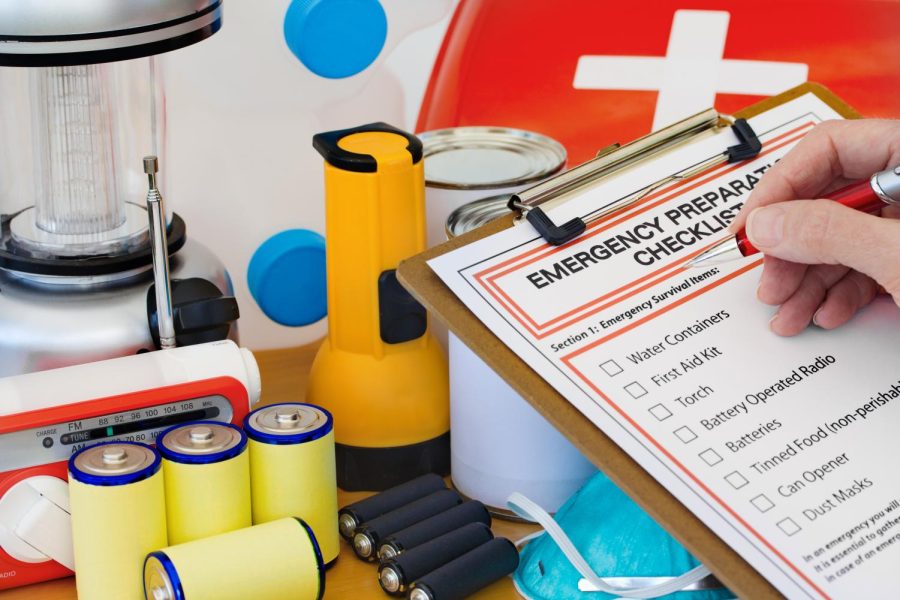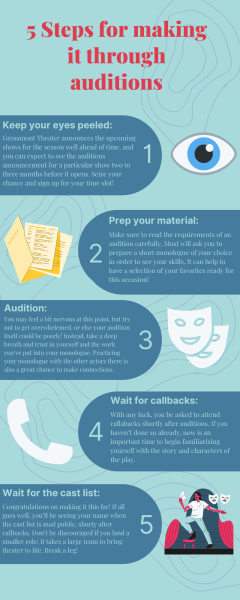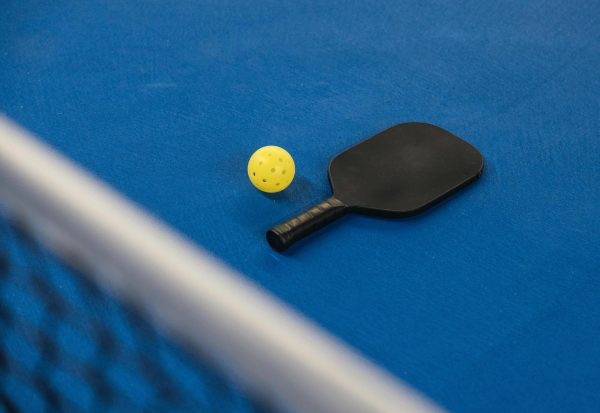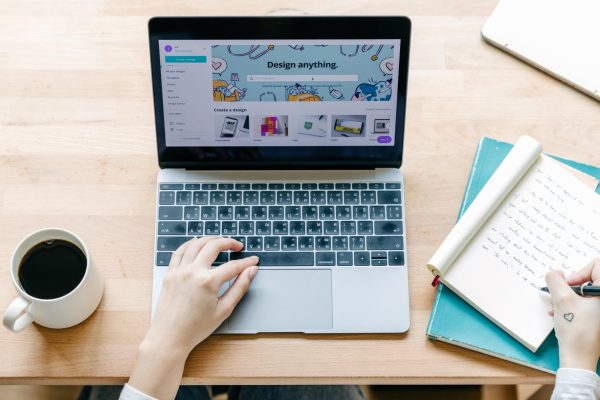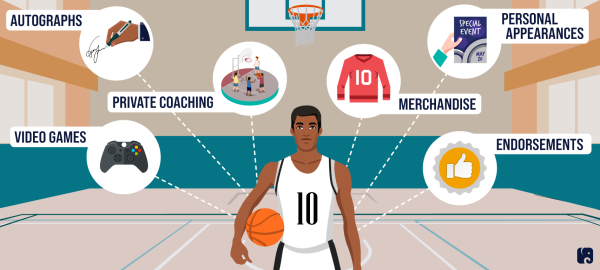Peace of Mind with an Emergency Kit!
Developing a precautionary set of supplies that encompasses a broad range of potential emergencies and disasters that may threaten you or someone close to you.
November 12, 2022
Students often overlook the importance of being prepared. More times than not, we have had troubling occurrences and dangerous events take place be it at school or in public spaces.
Being ready for a disaster situation and having the necessary supplies that encompass a broad range of potential emergencies and disasters that may threaten you or those close to you is imperative. These kits can offer an abundant number of resources such as food items, multipurpose tools and essential medical supplies. As a student or faculty member on campus, having an emergency kit can help you to be prepared should any instances of disaster strike.
The Federal Emergency Management Agency (FEMA) outlines on its website guidelines and recommendations for items that should be included in your kit. The main resource that should be accounted for is ample food and water to last you for seven days. This naturally has precedence over many other choices as you need food, energy and, most importantly, water to survive in an extended emergency situation.
Access to medical supplies such as bandages, disinfectant, gauze and an array of medication for treatment of different types of ailments is also recommended.
Grossmont students Natalie Morales offered a more defensive idea for her items: “For us girls, I would say to pack a stun gun and pepper spray to protect yourself.”
Another student, Nicole Medina, said “hand sanitizer, bandages and chargers for your phone are what come to mind.”
The American Red Cross also lists a helpful, easy-to-carry emergency pouch to have at all times to ensure you are ready, even at a moment’s notice.
Helpful items to also consider include:
- Flashlight
- Local maps
- Battery-powered or hand-cranked radio
- Multipurpose tool
- Phone chargers and extra wires
Being “dressed to react” is also a great practice to have, as flip flops and loose clothing cannot offer the same protection as a sturdy pair of shoes and a proper outfit that’s tightly fitted. So a change of shoes in your backpack with a small emergency kit can be very helpful if you don’t have a car.
If you do have a vehicle keep some of these items, especially a change of shoes, tucked in the backseat or trunk.
To fully appreciate an emergency kit, practice using it in many situations. Practice drills involving proper application of medical supplies, how to make a sling and creating a fire. These should be reviewed and practiced, and learning times spent in crafting your kit while honing the tools inside create a new peace of mind and preparedness to the unknown.
Frequent replacement of expired ones or upgrades to better products are also advised.


